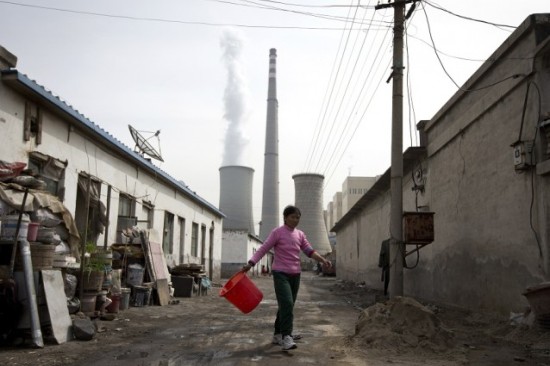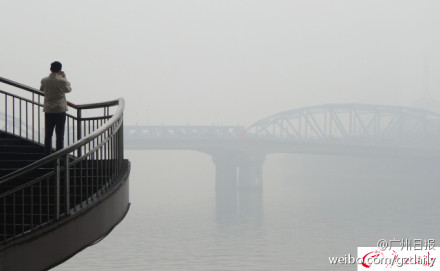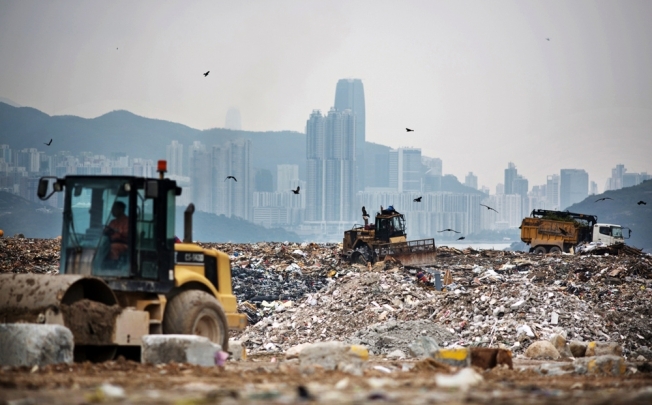Beijing’s Sky is Clear Today, But Look at How Bad It Got Last Week
Posted: 10/13/2014 10:00 amThe air quality of Beijing was terrible last week. The smog reduced visibility throughout China’s northeast. That sounds bad, but a bunch of hyperbole and numbers may not illustrate how bad it really was. To help us understand, Weibo users in Beijing have posted pictures taken from their own windows of a skyline that disappeared, as compiled here.
Here, two Weibo users post, “Good morning, Beijing” (below):
This Weibo user wonders, “Beijing, where have you gone?”:
Another user said, “Zero visibility! Living life in hell. With this kind of weather, the entire city should go on vacation.”
This Weibo user included a screenshot of PM 2.5 levels taken throughout Beijing, and said, “Yet another day of being outdoors. Lungs, I apologize to you/”
The People’s Daily described the airpocalypse like this: “This writer drew open the curtains and took a picture this morning, and this is the result. Absolutely no Photoshopping. Fellow Beijingers, take it easy out there, be careful when driving!”
Some Weibo users from other parts of China have taken the smog attack as an opportunity to troll others, like this user who posted a clear blue sky and said, “What upsets other people is to send pictures of food and drink at midnight, send a picture of a dog and a stove during a chilly night, and now it’s to send a picture of a blue sky.”
Or like this Guangzhou user who posted another beautiful sky and said, “These are the blue skies and white clouds appearing over Guangzhou Airport Road at this moment. Please don’t let this give my “comrades” any false hopes. No need to thank me!”
Even if you’re of the opinion that the hazardous air is nothing more than “fog and dust” as insinuated by the term used in the Chinese media, it resulted in the closure of highways and implementation of traffic control. Affected areas included Beijing, Hebei, Tianjin, Henan, Liaoning, Shandong, Shanxi, Hebei, and Anhui.
The increased risk to drivers is reflected by this user who said, “Can’t see anything when going to work in the morning. When turning a corner, I directly drove into the path of oncoming traffic, and almost got into a number of accidents…”
Perhaps you need a framing device to put the bad air into context? Try these photos:
These two pictures were apparently taken a day apart:
And even as some Beijingers continue to refuse to wear protective face masks, the proof of Beijing’s terrible smog is as easy to see. So if you’re looking for a new shade of grey to tile your bathroom with, here are more pictures of Beijing’s skyline (or lack thereof):
Related:
- Beijing Says New Wind Corridors May Finally Solve The City’s Notorious Pollution Problem
- Beijing to Ban Coal Use In Urban Districts by 2020
- Northern Smog Forcing Expats South to Cleaner Guangdong
- Guangdong issues orange “fog” alert as smog smothers the province
Photos: Yangcheng Evening Report Golden Lamb Network, CCTV, Southern Capital Report, Weibo














